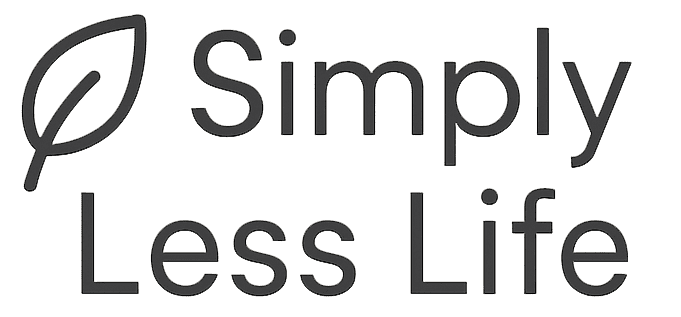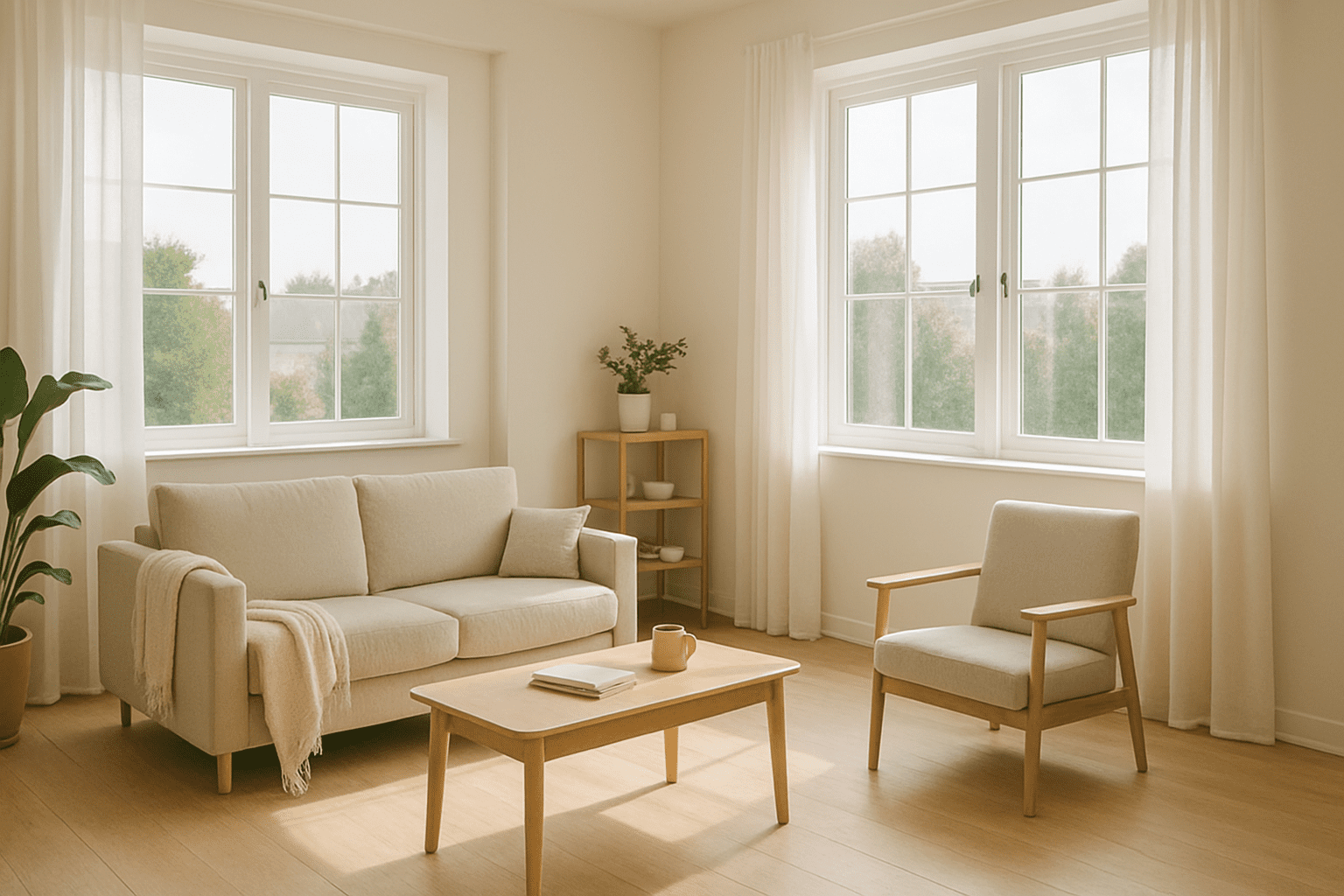Introduction
A cluttered home can feel like a heavy weight on your shoulders. Even when everything looks tidy on the surface, stuff packed into closets or scattered on countertops can slowly drain your energy. There’s a reason so many people say they feel calmer after a deep clean or an afternoon spent clearing out a single drawer. The connection between clutter and stress isn’t just a feeling—it’s real. Studies have shown that excess stuff in our living spaces makes it harder to relax, focus, and feel at home.
That’s where decluttering comes in. For anyone interested in living more simply, decluttering is the first step toward a truly minimalist home. But for most of us, knowing where to start is half the battle. The good news? You don’t need to empty your house or live with only a chair and a lamp to feel the difference. The real secret lies in small, consistent changes and a thoughtful approach to what you keep and what you let go.
In the next sections, you’ll discover ten practical decluttering secrets. Each one is rooted in real-life experience, designed to be both doable and deeply effective. Whether you’re ready for a total transformation or just want your mornings to feel less frantic, these tips will help you create a home that feels light, spacious, and truly peaceful. Ready to begin? Let’s take the first step together.
Secret 1: Start with a Clear Intention
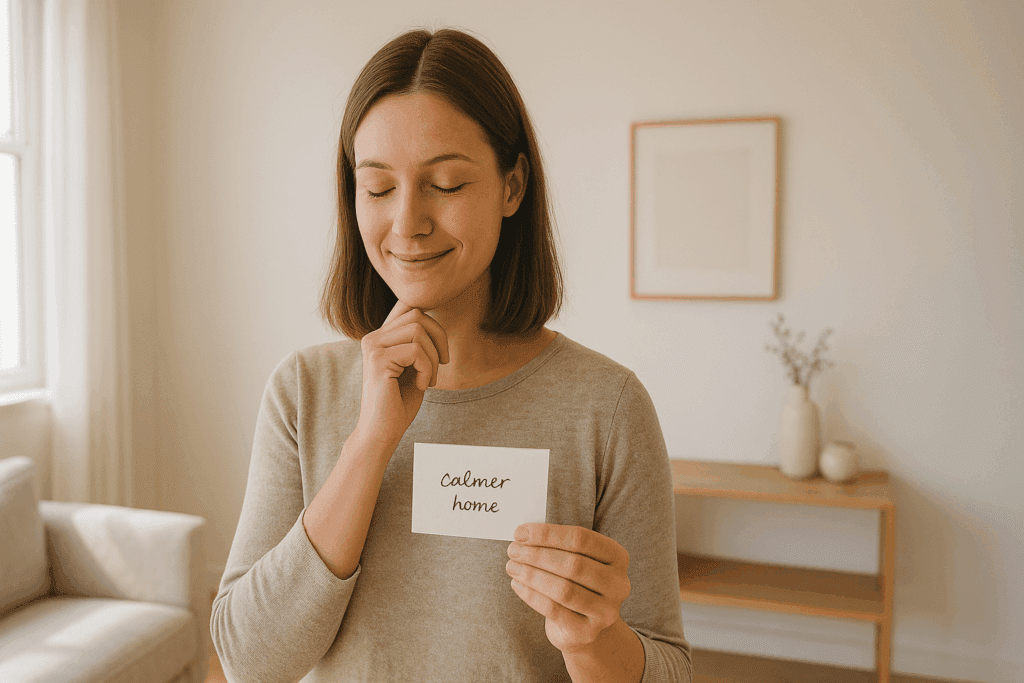
Decluttering isn’t just about throwing things away—it’s about deciding what you want your home to feel like, and why. Many people start decluttering by making piles or buying storage bins, but overlook the step that matters most: clarifying their own reasons. When you pause and ask yourself what you hope to gain—maybe it’s calmer mornings, an easier time cleaning, or just a sense of breathing room—you’re setting a powerful intention. This intention becomes your north star, especially when you reach those moments where it’s tough to let go.
For example, imagine someone who feels constantly stressed by the morning rush. They realize that cluttered counters and overstuffed closets make everything take longer. By setting the intention to create smooth, peaceful mornings, decluttering becomes less about getting rid of stuff and more about creating the mornings they want. Every time they’re faced with a choice—keep or toss—they can ask, “Does this help me have a calmer start to my day?”
A clear intention can also ease guilt around letting go. Instead of focusing on what’s being discarded, the focus shifts to what’s being gained: space, time, freedom. It might help to write down your intention and put it somewhere visible, like on the fridge or inside a closet door. When you know your “why,” the “how” becomes much simpler, and every small step feels more meaningful. This first secret transforms decluttering from a chore into a way of honoring your own needs, making the process lighter and more purposeful.
Secret 2: Declutter by Zone, Not by Category

One of the biggest hurdles people face when starting to declutter is feeling overwhelmed by the sheer scale of the task. If you try to tackle everything at once or start sorting by massive categories like “clothes” or “papers,” it’s easy to end up with more mess and less motivation. That’s why working by zone—focusing on one physical space at a time—can make all the difference.
Think about it this way: Every room or corner of your home has its own energy and purpose. Decluttering by zone means you pick a single area—a nightstand, a kitchen drawer, even just the entryway table—and give it your full attention. Instead of bouncing from closet to closet or chasing items across the house, you make real progress you can actually see. When you finish one zone, you get a sense of satisfaction and relief that builds your momentum for the next.
For example, you might begin with the bathroom counter. Gather up everything sitting out, wipe down the surface, and only return the essentials. Maybe you notice expired lotion or extra toothbrushes you never use—those can go. This immediate improvement in a small, visible spot gives you a boost of confidence and shows that change is possible, even on a busy day.
Read More..
- Beginner Minimalist? Here’s How Simplifying My Life Changed EverythingWhat Being a Beginner Minimalist Really Means Becoming a beginner minimalist isn’t about tossing all your belongings or living out of a suitcase. It’s about…
- 7 Life-Changing Truths About Minimalist Living That Gave Me My Life BackMinimalist Living: The Turning Point That Sparked It All For years, life felt like a constant race against clutter—both in my home and in my…
- 7 Tips : Minimalist Furniture, Maximum Peace: How a Clutter-Free Living Room Changed EverythingWhy a Minimalist Furniture Living Room Is More Than Just a Design Choice When someone first hears “minimalist furniture living room,” they might picture a…
By breaking your home into zones, you avoid the classic trap of pulling out everything at once and running out of steam halfway through. You also get the reward of seeing instant results, which motivates you to keep going. Zone-by-zone decluttering isn’t just less stressful—it’s more sustainable, especially if you have a busy schedule or share your home with others. Progress, even in small pockets, adds up to a calmer, more organized home.
Secret 3: The Power of “One-In, One-Out”
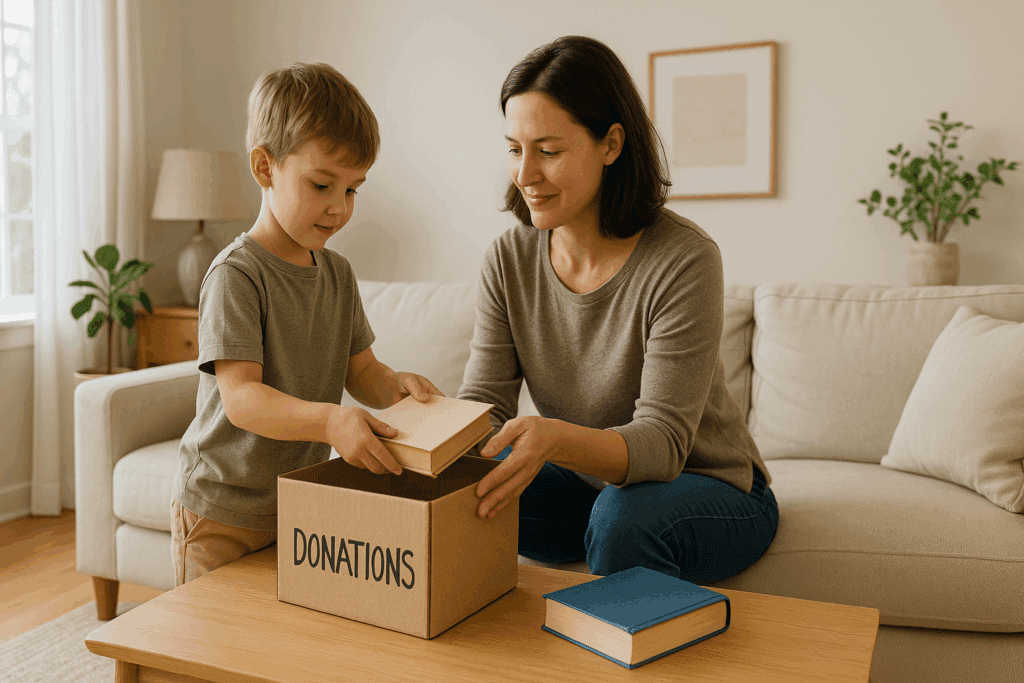
Maintaining a clutter-free home isn’t just about one big clean-out—it’s about adopting habits that prevent things from piling up again. One of the simplest and most effective habits is the “one-in, one-out” rule. The principle is exactly what it sounds like: whenever something new comes into your home, something else goes out. It’s a practice that encourages mindfulness around purchases and keeps your living space balanced over time.
Picture a family that loves to read. Every time they buy a new book, they make it a rule to donate an old one. This approach not only keeps their shelves tidy, but also adds a small sense of ritual to the act of bringing something new into their lives. Over time, the home remains manageable and never overflows. The same goes for clothes, kitchen gadgets, or even kids’ toys. When a new item comes in, pause and ask, “What can leave to make room for this?”
This habit gently encourages you to weigh every purchase, reducing impulse buys. It helps children learn the value of letting go and keeps everyone aware of what truly matters. Even if you slip up now and then, returning to this rule resets your home and prevents clutter from sneaking back in. It’s not about perfection—just about creating a steady flow, so your home never feels too full or overwhelming again.
Secret 4: Make Clutter Visible
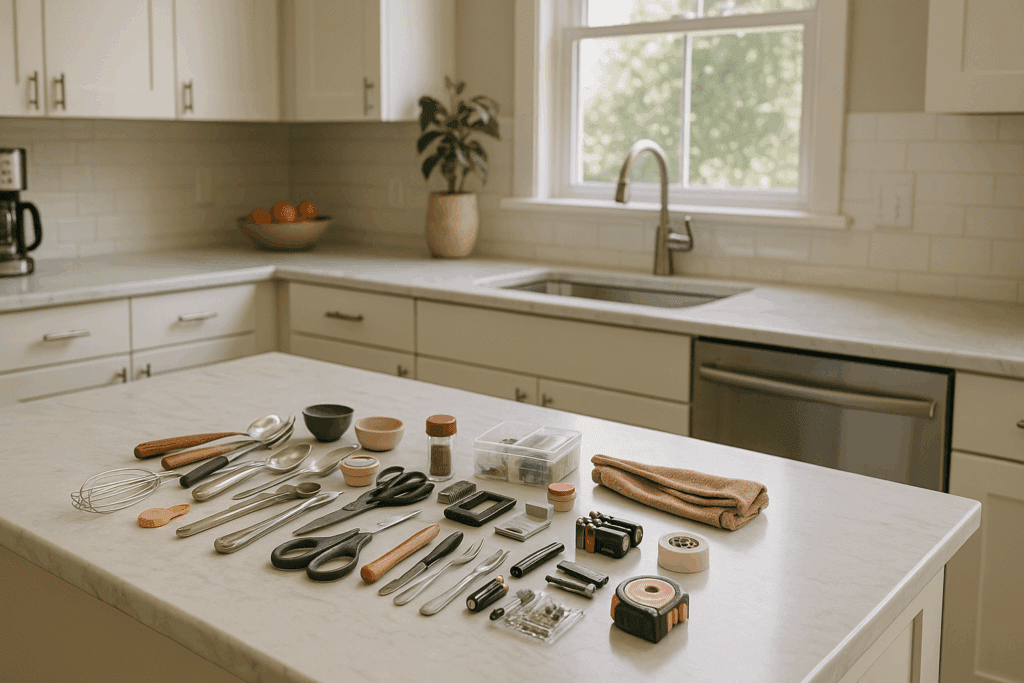
It’s easy to believe your home isn’t cluttered—until you open a drawer, peek under a bed, or dig through a closet. The truth is, much of the mess that causes daily stress remains hidden out of sight, making it hard to realize how much stuff you’re really storing. The secret is simple but powerful: bring all that hidden clutter into the light.
Start by choosing a single storage spot—like a bathroom drawer or the kitchen junk drawer. Empty everything out onto a table or open surface. This step may feel messy at first, but it’s the only way to see what you’re really working with. When everything is laid out, the duplicates, forgotten items, and unnecessary extras become impossible to ignore. Maybe you find four pairs of scissors, half-used lotions, or batteries you didn’t know you had.
This process makes decision-making much easier. You can quickly group similar items, toss what’s broken or expired, and choose only the best or most useful things to keep. Many people find this step surprisingly motivating. There’s something satisfying about seeing an empty space, cleaning it, and returning only the items that add real value. Once you experience the difference in one small area, you’ll want to repeat the process in other hidden corners of your home.
Making clutter visible isn’t about shaming yourself for what you’ve held onto—it’s about giving yourself the chance to make conscious choices. When you see everything clearly, you take back control, making your home feel lighter and more manageable with every drawer, shelf, or closet you tackle.
Secret 5: Create a Declutter Box or Station
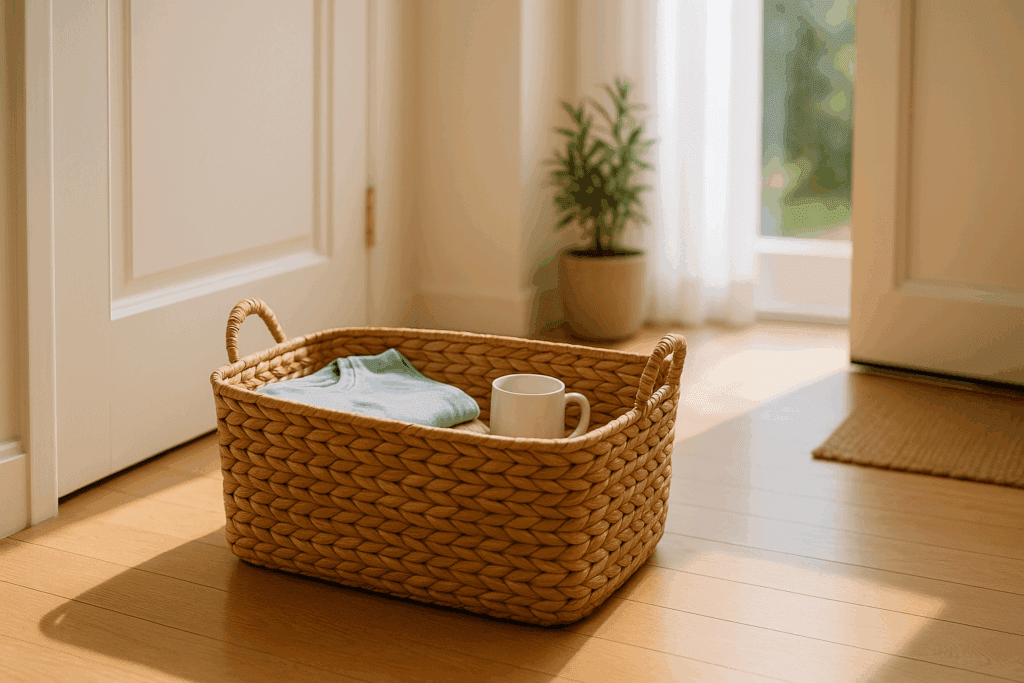
Clutter rarely builds up overnight. Instead, it’s usually a slow accumulation of items we don’t need, use, or love—things that, for one reason or another, haven’t quite made it out the door. One simple way to keep clutter from coming back is to give these “in limbo” items a designated place: a declutter box or station.
Picture a sturdy basket, tote, or box placed by your entryway or in a laundry room. Whenever you come across something you no longer want—a shirt that no longer fits, an extra mug, or an outgrown toy—drop it in the box right away. No second-guessing, no “I’ll deal with it later.” The declutter box becomes a simple habit, a holding spot for donations, recycling, or things you’re giving to friends. When the box is full, take a few minutes to empty it—drive donations to a charity, hand items off to neighbors, or sort recycling.
Families find this station especially helpful. Parents can encourage kids to use it for toys they’ve outgrown or books they’re ready to pass on. Over time, the declutter box keeps stuff moving out instead of piling up. It quietly reinforces the idea that it’s okay—healthy, even—to let go. Your home starts to feel lighter, not just after a big clean-out, but all year round.
The best decluttering routines are the ones you barely notice. With a declutter box in place, clearing space becomes a natural part of daily life—not a major event, but a gentle, ongoing shift toward calm.
Secret 6: Schedule Regular Mini-Sessions
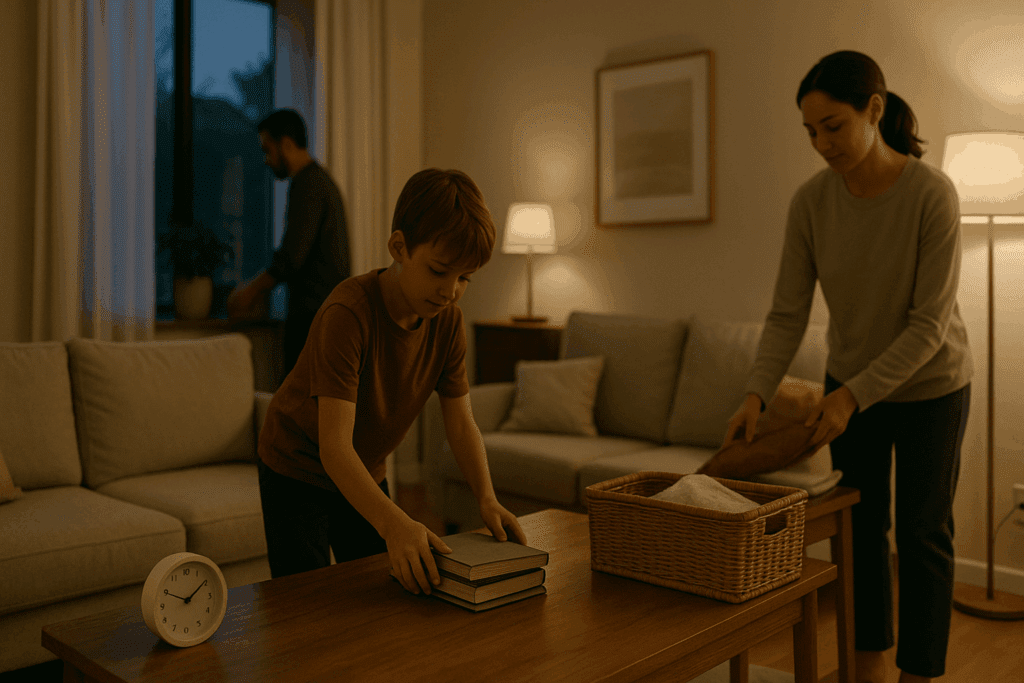
Decluttering doesn’t have to mean spending an entire weekend buried in boxes and bags. In fact, some of the most effective changes come from short, focused bursts—a few minutes here and there, built into your regular routine. By scheduling regular mini-sessions, you make decluttering feel manageable, not overwhelming.
Think of it like brushing your teeth. A daily habit, done consistently, prevents problems from building up. Try setting aside just 10 minutes a day, maybe after dinner or before bed, to focus on a single spot: a shelf, a drawer, or a tabletop. You’ll be amazed how much can change in a week, just by making small, steady progress. Families can get involved too—everyone can spend five minutes before bedtime putting away items or choosing a few things to donate.
For example, one family started a five-minute evening tidy-up. Each person picked a zone and set a timer. In less time than it takes to scroll social media, their home felt calmer, and Saturday mornings were suddenly free of cleaning marathons. These mini-sessions reduce the chance of clutter piling up and create a sense of teamwork if more than one person is involved.
Regular decluttering sessions aren’t about perfection or dramatic makeovers. They’re about gentle, ongoing care—treating your home like a living space that deserves attention, not just a storage area for things. By making it a routine, decluttering becomes part of life’s rhythm, leaving you with more energy, peace, and time for what matters.
Secret 7: Address Emotional Attachments
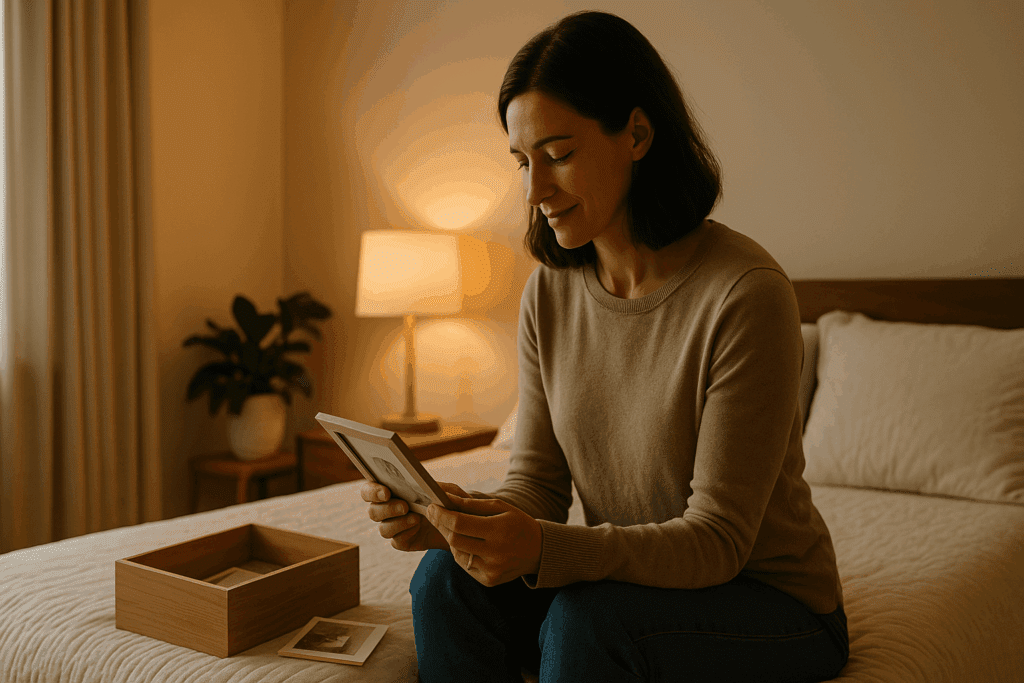
For most people, the hardest part of decluttering isn’t the sorting or even the decision-making—it’s dealing with emotions that come up when we try to let go. Gifts from loved ones, souvenirs from trips, inherited treasures, and even things tied to a particular season of life all hold memories. It’s easy to get stuck, feeling guilty or sentimental, and end up keeping more than you need.
The first step is simply to recognize these feelings without judgment. When you pick up an item and feel a pang of nostalgia or reluctance, pause. Ask yourself, “What am I really holding onto?” Often, it’s not the item itself but the memory, the gratitude, or the hope that you might need it again someday. If something reminds you of a happy time or a loved one, try taking a photo before letting it go. The image can help you remember without taking up physical space.
Sometimes, reframing the story helps. Instead of thinking, “I’m throwing away my grandmother’s vase,” try: “I’m making space for things that fit my life now, while still honoring her memory.” Passing items along to someone who will use and appreciate them is another way to let go with kindness.
There’s also value in setting gentle limits. Maybe you keep one or two especially meaningful items, and release the rest. You can even create a small “memory box” for those treasures that genuinely spark joy. Remember, your home should serve your present life. Every time you face a tough decision, remind yourself that honoring your own needs isn’t disrespectful to your past—it’s an act of self-care.
Decluttering sentimental items is never easy, but it gets lighter with practice. Each small step is an invitation to fill your home with the things that truly support who you are now.
Secret 8: Embrace Digital Decluttering
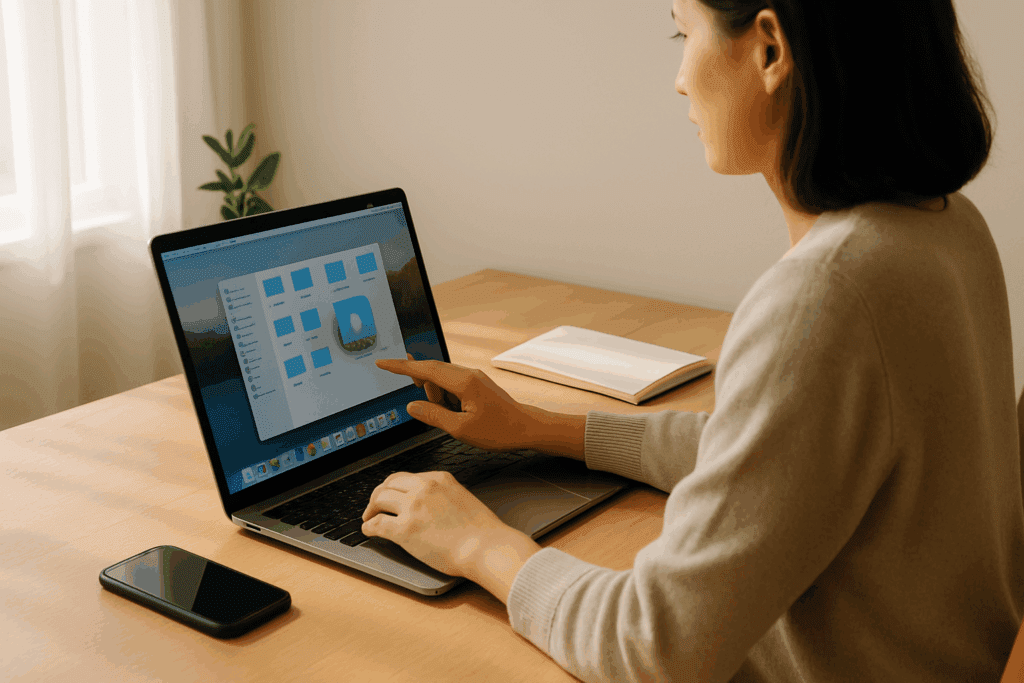
Physical clutter isn’t the only kind that weighs us down—digital clutter quietly chips away at our focus and calm, too. Overflowing inboxes, scattered files, endless notifications, and crowded phone screens create a mental noise that follows us throughout the day. The good news is that digital decluttering, just like physical decluttering, brings real peace and clarity into your life.
Start small: Pick one area, such as your email inbox. Unsubscribe from newsletters you never read, delete old messages, and create folders for the essentials. Set aside a few minutes each week to keep up, so it never feels overwhelming again. Move on to your phone—remove unused apps, organize your home screen, and clear out old photos or downloads. The same process applies to your computer: tidy your desktop, delete duplicate files, and create a system for storing documents you want to keep.
One parent shared how they turned off most notifications, then scheduled a weekly “digital clean-up” every Sunday night. The result? Fewer distractions, better focus, and more relaxed evenings. When your digital world is streamlined, you’re less likely to feel frazzled or pulled in too many directions.
Digital clutter might not be as visible as a messy countertop, but its effects are real. Tackling it frees up time and mental energy for what matters most—family, creativity, and genuine rest. The result is a home (and a mind) that feels lighter, quieter, and more intentional.
Secret 9: Store Less, Display Less
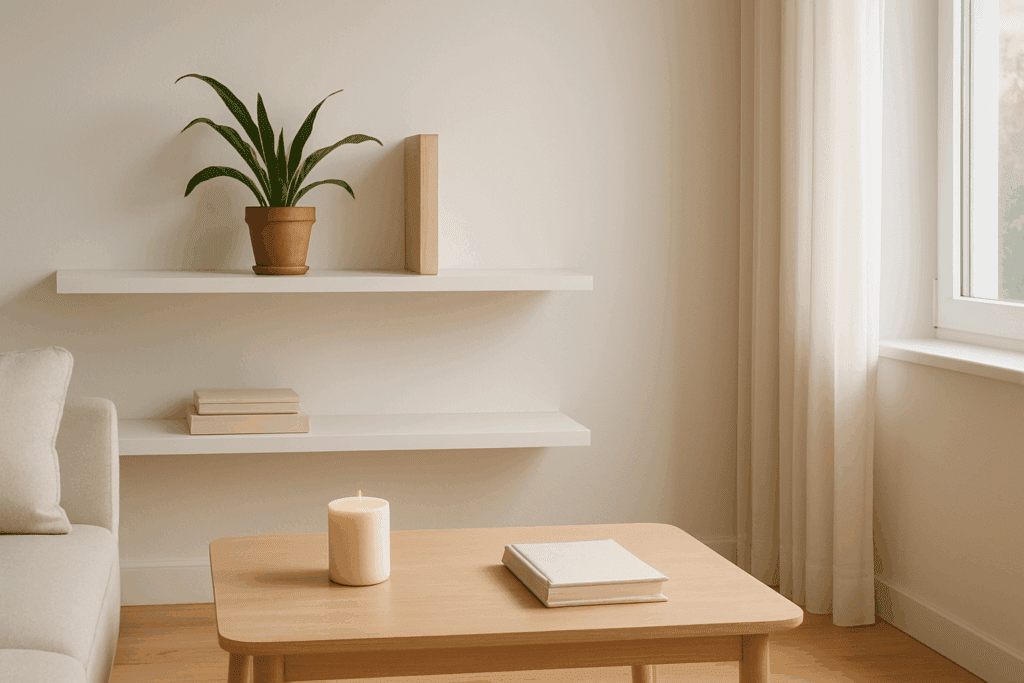
A common misconception is that storage is the solution to clutter. We buy bins, baskets, and shelving units, hoping to contain the overflow. But over time, those storage solutions can become a way to keep too much, not a tool for simplifying. True minimalist living isn’t about finding more ways to store things—it’s about choosing to own less and display less.
Start by looking at your shelves, countertops, and any visible spaces in your home. Notice how each item makes you feel. Do you enjoy seeing it every day, or has it become invisible clutter? Give yourself permission to clear off surfaces and remove a few decorative items, knick-knacks, or “just in case” pieces. The more open space you create, the lighter and more peaceful your home feels. There’s no need for every shelf or wall to be full; in fact, the most inviting homes often have the fewest distractions on display.
One couple found that when they cleared off their kitchen counters and reduced visible decor, their home felt instantly more relaxing. Simple shelves with only a few treasured items stood out more, and cleaning became quicker. Less stuff out means less to dust, less to organize, and less to maintain. The same idea applies to storage behind closed doors: don’t aim to fill every basket or drawer. Store only what you use, need, or love. Let the rest go.
Minimalism is not about deprivation—it’s about letting your favorite things shine and creating a sense of calm through open space. By storing and displaying less, you invite more peace, clarity, and freedom into your daily life.
Secret 10: Celebrate Progress, Not Perfection
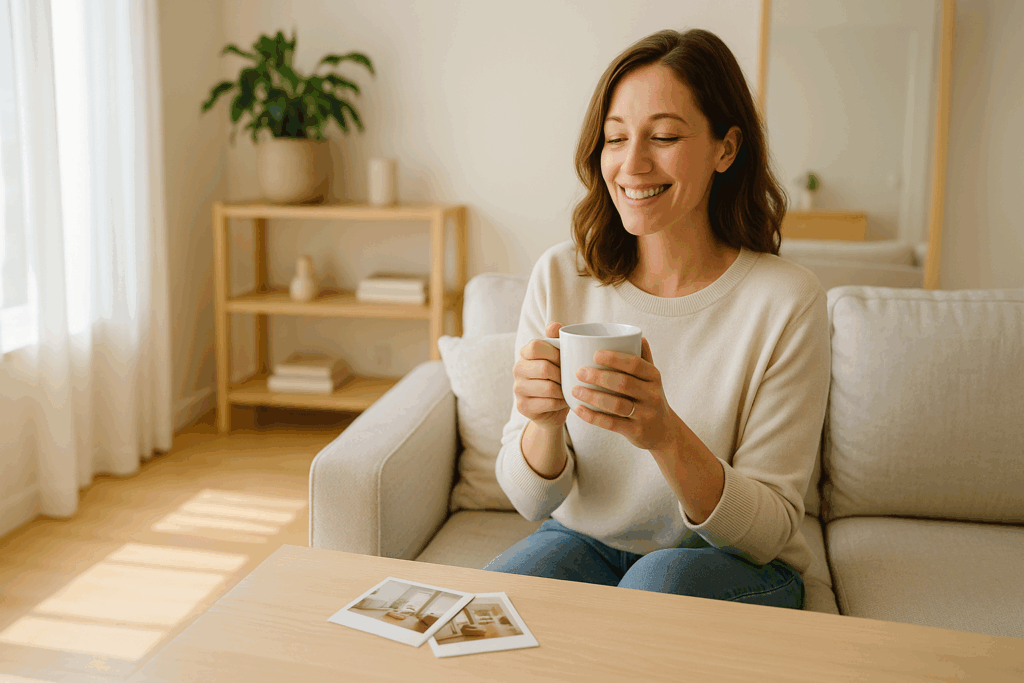
Minimalism isn’t about achieving a flawless, magazine-worthy home. It’s about making small, consistent changes that bring you closer to the life you want—one drawer, one shelf, one mindful decision at a time. It’s easy to get caught up in comparing your space to others or feeling like your efforts don’t “count” if the whole house isn’t transformed. But every step you take matters.
Instead of aiming for instant perfection, focus on celebrating your progress. Maybe you finally cleared out the entryway, or donated a box of clothes, or created a little more breathing room in your living room. These small victories are what add up to a calmer, more welcoming home. Take a moment to notice how each change feels. Take before and after photos, share your success with a friend or family member, or reward yourself with a simple pleasure—like a cup of tea in your newly cleared space.
Many families find that recognizing even tiny wins helps everyone stay motivated. One parent started marking decluttering “milestones” on the calendar, turning each one into a mini celebration. Over time, these moments built a sense of pride and ownership in their home, far more powerful than chasing some idea of perfection.
Remember, clutter didn’t appear overnight and it won’t disappear that way either. By giving yourself permission to go slow and acknowledge every bit of progress, you’ll find more joy in the journey. The goal is a home that supports your real life, not a perfect life—a space where you feel truly at ease.
Conclusion
Decluttering is about so much more than neat shelves or empty counters. It’s a gentle process of letting go, of giving yourself and your family the freedom to live with less and enjoy more of what truly matters. As you move through your home, embracing one secret at a time, you’ll notice how the energy shifts—how spaces open up, mornings get easier, and the quiet joy of calm takes root.
You don’t need to tackle everything at once. Pick a single secret that resonates most—maybe it’s starting with a clear intention, making clutter visible, or embracing regular mini-sessions. Begin there, and let each step build on the last. Progress might feel slow at first, but every decision to clear space and choose what stays brings you closer to a home that feels supportive and peaceful.
Remember, the goal isn’t perfection. It’s a home where you can breathe, where your mind is at ease, and where there’s space for connection, creativity, and rest. Decluttering is a lifelong practice, and every small effort makes a real difference. Enjoy the calm, celebrate your progress, and allow yourself to be proud of the home you’re creating—one mindful step at a time.
